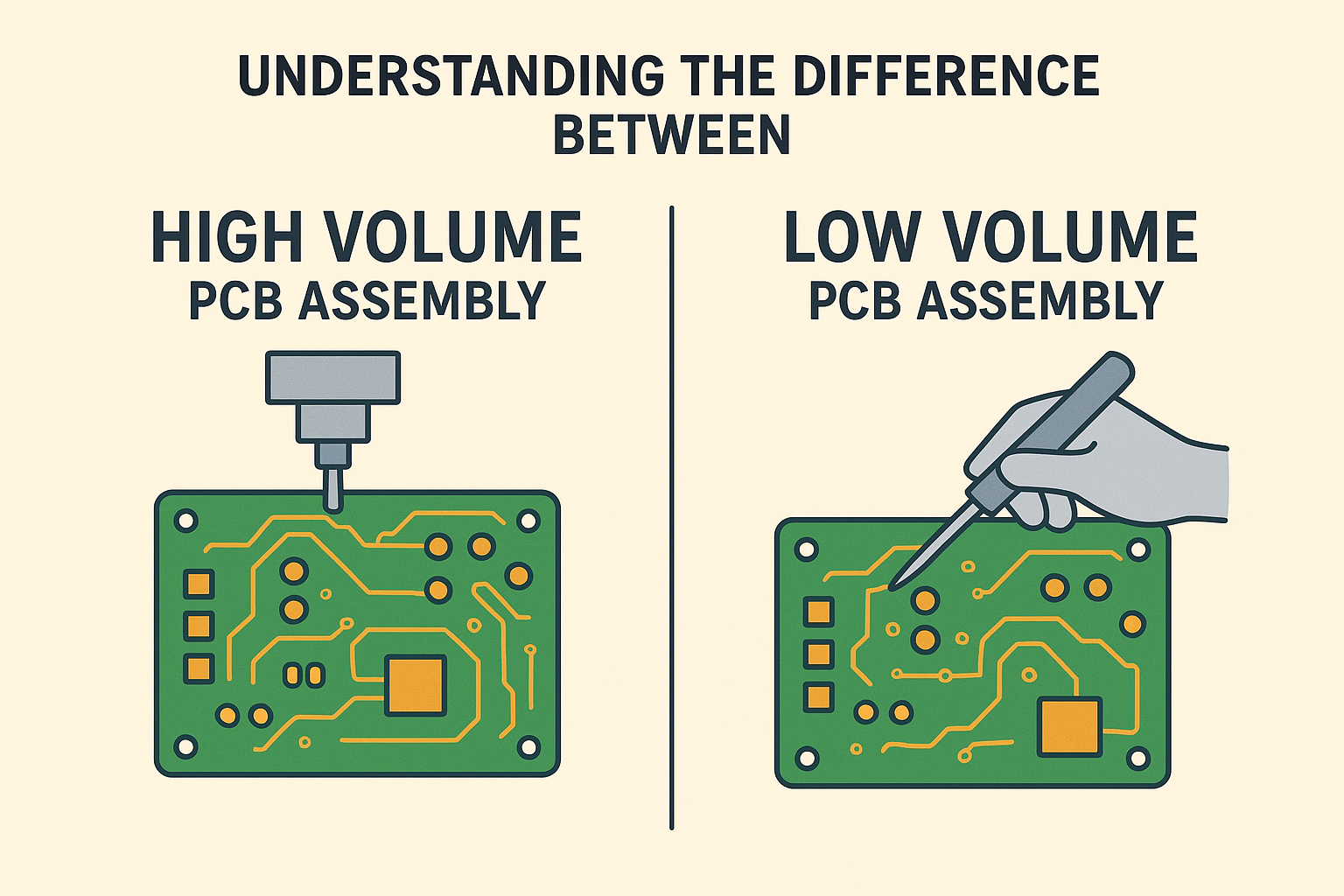Supreme Court Sounds Skeptical of Trump’s Wide-Ranging Tariffs
The Supreme Court sounds skeptical of Trump’s tariffs as it heard oral arguments in a historic case that could determine the fate of a key pillar of former President Donald Trump’s second-term economic and foreign policy agenda. The case challenges the legality of sweeping tariffs imposed on several nations — including China, Canada, and Mexico — under Trump’s “Liberation Day” trade measures.
If the Court rules against Trump, it could severely limit presidential authority in trade policy and reshape the balance of power between Congress and the White House.
The Big Picture: Trump’s Tariff Power in Jeopardy
During Wednesday’s hearing, several conservative justices — typically sympathetic to executive power — questioned whether Trump had the authority to impose such broad tariffs.
Chief Justice John Roberts expressed concern over the scope of power being claimed, saying:
“The vehicle is imposition of taxes on Americans, and that has always been a core power of Congress.”
Legal experts note that a ruling against Trump could undermine one of his signature second-term priorities, as his administration has long argued that these tariffs are essential to national economic security.
Understanding the Case: The “Major Questions Doctrine” at Play
At the heart of the challenge is the Supreme Court’s “major questions doctrine,” which asserts that the executive branch cannot make decisions with “vast economic and political significance” without explicit authorization from Congress.
This same doctrine was previously used to strike down:
- President Biden’s student loan forgiveness plan (2023)
- The COVID-era eviction moratorium
Legal scholars argue that Trump’s tariffs—impacting hundreds of billions in global trade—qualify as a “major question,” thus requiring clear Congressional approval.
Key Stats: Trump’s Tariffs by the Numbers
| Statistic | Data | Source/Year |
|---|---|---|
| Total Tariff Value Imposed | $420 Billion+ | U.S. Trade Commission, 2024 |
| Average Import Tariff Increase | +19.3% | World Bank, 2024 |
| Countries Affected | 35+ | IMF, 2024 |
| Estimated U.S. GDP Impact | -0.8% | Brookings Institution, 2024 |
| Market Odds of Tariffs Being Upheld | 22% (down from 40%) | Polymarket, Nov 2025 |
These numbers underline the economic significance of the case, which explains why financial markets have reacted sharply as the justices’ skepticism became apparent.
Inside the Courtroom: Divided Conservative Bench
Both Roberts and Justice Amy Coney Barrett appeared to question the administration’s reliance on an old trade statute that has never been applied so broadly. Barrett noted:
“It’s pretty clear that Congress was trying to constrain the emergency powers of the president, not expand them.”
Meanwhile, Justices Clarence Thomas and Samuel Alito sided strongly with Trump, viewing the tariffs as a legitimate exercise of foreign policy authority.
Justice Brett Kavanaugh seemed somewhat supportive but asked whether the Court should draw a clearer line on how far executive trade powers can extend.
On the liberal side, all three justices — Sotomayor, Kagan, and Jackson — appeared unified against Trump, highlighting the tax-like nature of tariffs and their effect on American consumers.
Economic and Political Impact
Economists widely agree that tariffs function as hidden taxes on Americans, raising the cost of goods and reducing international competitiveness. According to a 2024 Harvard Economic Review report, Trump’s tariffs increased average household costs by $1,200 per year.
The Justice Department, defending Trump’s policy, argued that Congress already granted the president broad emergency trade powers under Section 232 of the Trade Expansion Act.
However, justices questioned whether that power could be interpreted so expansively — especially when applied to non-emergency trade actions.
What Happens Next?
A final ruling is expected by June 2026, but the market reaction and political consequences are already visible. If the Court invalidates the tariffs:
- U.S. importers could demand billions in refunds
- The White House’s future trade flexibility would shrink
- Congress may need to rewrite trade authority laws
On the other hand, a victory for Trump could solidify executive dominance in trade policy for decades.
Also Read: UPS Plane Crash: 7 Dead After Cargo Plane Crashes Near Louisville Airport
FAQs About the Supreme Court Tariffs Case
1. Why is the Supreme Court skeptical of Trump’s tariffs?
Because the justices believe the tariffs may violate the major questions doctrine, meaning Trump’s actions lacked clear congressional approval.
2. What are Trump’s “Liberation Day” tariffs?
They are broad trade levies targeting imports from countries like China, Mexico, and Canada, meant to boost U.S. manufacturing.
3. How could the ruling affect the economy?
If struck down, it could reduce import costs, strengthen markets, and return tariff control to Congress, improving consumer prices.
4. Which justices seemed most skeptical?
Chief Justice Roberts and Justice Barrett appeared most critical, suggesting Trump’s powers may have been overextended.
5. What’s the current market prediction for the case?
As of November 2025, Polymarket estimates only a 22% chance that the Supreme Court upholds Trump’s tariffs.
Conclusion
The Supreme Court’s skepticism of Trump’s tariffs marks a pivotal moment for U.S. economic governance. A ruling against the tariffs could redefine presidential authority, curb unilateral trade actions, and reshape how America engages in global commerce.
Credit: Information sourced from NY Times, Axios & CNN.




